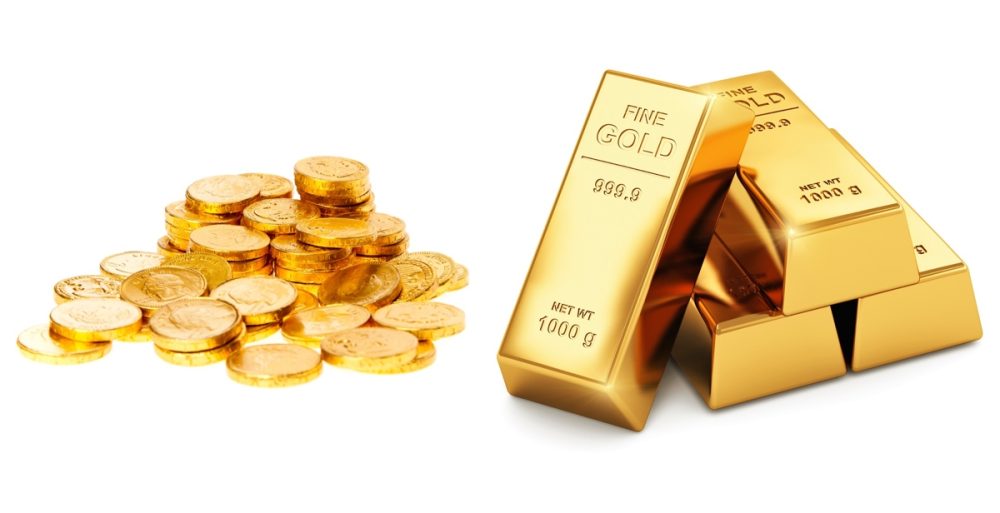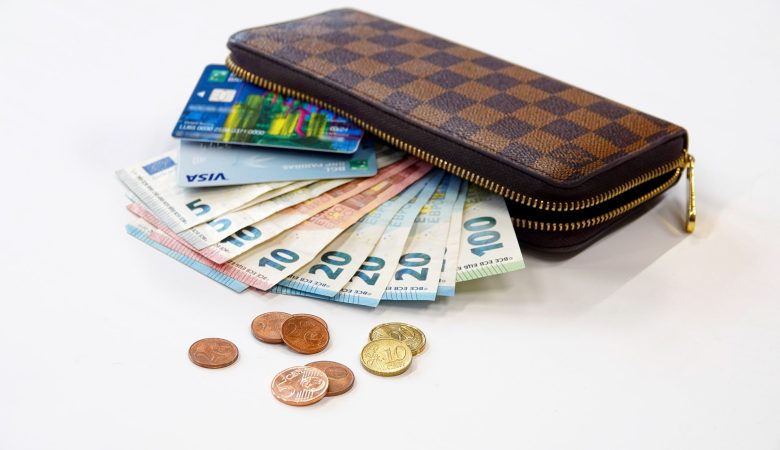Each investor, choosing gold, carefully examines which choice is better – coins or bars? Or a combined investment? It must be admitted that consideration of this issue can create a heated discussion, as a result of which it will be difficult to find a common opinion, because the comparison of coins and bars includes not only consideration of their physical features, but also aspects of subjective preferences.
To make it easier for everyone to understand which option to prefer, we have prepared an extensive overview of the features of coins and bars.
Is gold money?
The nominal value is reflected on the coins, which means that the coins are issued with the permission of the Central Bank of a particular country. Theoretically, you can pay with a gold coin for a purchase in a store, because.
Purchase price and spread
The most common weight for bullion coins is 1 ounce, for bullion – 1 ounce, 50 and 100 grams. Under normal market conditions (when there is no demand/supply shock), the price per gram of bullion is cheaper than the price of a gram of gold in a coin with identical weight, which is explained by lower production costs (production of a coin is a more laborious and difficult process), therefore, under normal conditions, it is more profitable buy ingots. However, when evaluating the price offer, it is worth paying attention to the buy-out price and the spread.
Liquidity and global recognition
Not all gold over 900 fineness can be considered investment gold. To become an internationally recognized investment gold producer, one must be a member of the LBMA (London Bullion Market Association). The LBMA sets standards for the quality of bars and coins and accredits refineries that produce bars and coins from precious metals. + Show more
Availability for investing small amounts
As an example, we can mention a comparison table in which a 1g Avex bar, a 5g Valcambi bar and a historical French Napoleon III coin were compared.
If you plan to invest the amount of 200-500 euros, both the bar and the coin will be profitable.
This table helps to understand what is the markup to the SPOT price, as well as calculate the spread of each of the products. For example, subtracting the selling markup from the buying markup, we get that the spread for 1g of Avex bar has a spread of 5.06%. On the example of this table, we see that both the historical coin and the 1g Avex bar are not bad for investment. Bars from other manufacturers should be considered if the investment amount is more than 500 euros.
Sample
Modern gold bars are traditionally produced in 99.99% or 999.9 purity. The fineness of coins can be from 900 to 999.99. This is not true, because when determining the price of a particular investment coin, the content of pure gold in it is taken as the basis, and not the weight of the coin.
Example: the South African Krugerrand has a sample of 917, the Philharmonic has a sample of 999.9.
The weight of the Philharmonic in grams is 31.11, the weight of the Krugerrand is 33.96.
The content of pure gold in both coins is the same – 1 troy ounce, but the Krugerrand is a little heavier, because. additionally contains impurities of copper and silver, which “lower” the final sample of the coin. Read more about what investment gold is.
Taxes
Neither Latvian nor EU regulations provide for a different attitude towards the application of the tax on bars and coins.
There are third countries, such as the Russian Federation and Norway, where investment gold bars are subject to VAT, but investment gold coins are not. Speaking of capital gains tax, all gold is subject to it, regardless of whether the profit was received – from the sale of coins or bars.
First, coins are one of the worst investment options. Compared to the same OMS, they are extremely illiquid. If you can withdraw money from OMS almost at any time, then everything is much more complicated with a coin. They sell coins in almost all bank branches (even in very small ones), but they do not accept them everywhere.
If you bring a coin to a small branch of the bank, then do not doubt that you can be directed to the central branch. And if you live in a small settlement (small town or village), then you may even be sent to another city.
This is all due to the fact that before you buy a coin back from you, bank employees will carefully check it on special equipment, which, of course, is not available in every branch.
If you are selling a coin back to the bank, then it must be in excellent condition: in its original packaging, without defects and fingerprints (some coins may begin to oxidize in places where there was a greasy print).
This is especially true for coins with a mirror surface (“proof” quality). Even if you, as it seems to you, wiped off the greasy trace, the bank specialist will in any case see it using special equipment.
No one will buy such a coin from you back.
In addition, the coin should not have scratches, notches and burrs (with very rare exceptions, and even then, in certain places).





